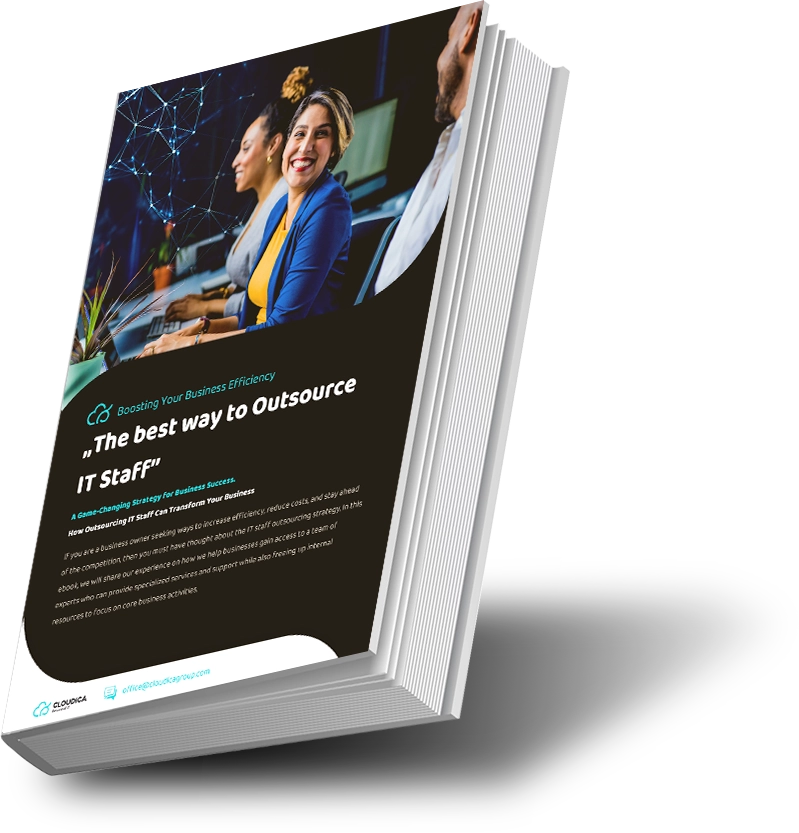Endpoint devices, from laptops and smartphones to Internet of Things (IoT) devices, are gateways to an organization’s digital infrastructure. However, the convenience of these endpoints is accompanied by a variety of risks that can compromise sensitive data, disrupt operations, and expose organizations to cyber threats. In this article, we discuss the landscape of risks connected to endpoint security and explore the best practices organizations can adopt to navigate this challenging terrain.
Where are the risks?
Let’s dive into the details of keeping our digital environment safe. This compilation summarizes the critical challenges organizations face, shedding light on the diverse spectrum of risks that demand a strategic and comprehensive approach to safeguard all assets.
Malware and Ransomware Threats: The persistent threat of malware and ransomware is a significant risk to endpoint security. Undetected malicious software can infiltrate devices, encrypt data, and demand ransoms, crippling business operations.
Unpatched Software Vulnerabilities: Not updating operating systems and applications presents a vulnerable entry point for cyber attackers. Unpatched software exposes endpoints to known vulnerabilities that threat actors can exploit.
Human Factor and User Awareness: The human element is still a significant risk in endpoint security. From falling victim to phishing attacks to unintentionally downloading malicious content, employees play a crucial role in the overall security posture.
Endpoint Data Loss: Endpoints often house sensitive data, and the risk of data loss increases in scenarios where devices are lost or stolen, potentially leading to unauthorized access and data breaches.
Shadow IT and Unauthorized Applications: The use of unauthorized applications and services by employees, known as Shadow IT, can introduce security vulnerabilities and expose organizations to data leakage.
Endpoint Device Theft: Physical theft of endpoint devices poses a tangible risk, potentially supplying unauthorized access to sensitive information stored on the devices.
Inadequate Endpoint Detection and Response (EDR): Not detecting and responding to advanced threats in real-time can lead to prolonged security incidents, allowing threat actors to navigate through an organization’s network.
BYOD (Bring Your Own Device) Risks: The growing trend of employees using personal devices for work introduces security challenges, including potential exposure to malware and unsecured access to corporate networks.
Inadequate Endpoint Security Policies: Lack of clear and enforced security policies for endpoint devices can result in inconsistent security practices, leaving organizations vulnerable to various threats.
Best Practices for Endpoint Security:
Implement Comprehensive Security Solutions: Integrate diverse security solutions, including antivirus software, firewalls, threat intelligence feeds, and advanced security tools, to ensure a comprehensive defence against a wide range of cyber threats.
Educate and Train Employees: Invest in employee awareness programs to enhance user understanding of potential risks and promote security-conscious behaviour, reducing the human factor as a vulnerability.
Regularly Update and Patch Software: Enforce a strong patch management strategy to keep operating systems and applications up to date, minimizing the risk of exploiting known vulnerabilities.
Employ Endpoint Detection and Response (EDR) Solutions: Use advanced EDR solutions to detect and respond to threats in real time, reducing the likelihood of prolonged security incidents.
Enforce BYOD Policies: Set up and enforce clear policies for Bring Your Own Device (BYOD) scenarios, ensuring that personal devices used for work are adjusted to security standards.
Conduct Regular Security Audits: Perform regular security audits to find and address weaknesses in endpoint security, staying proactive against potential threats.
Endpoint security is challenging on many levels and demands a proactive and adaptive approach. By understanding the diverse risks associated with endpoint security and implementing best practices, you can fortify your digital perimeters against the evolving threat landscape. A comprehensive strategy that combines technological solutions, employee awareness, and strategic policies becomes critical in safeguarding your organization against cyber threats.


